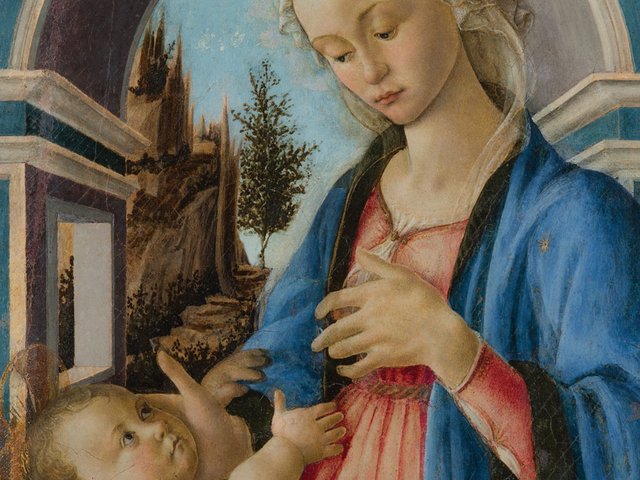A bronze index finger in the Louvre, which was initially believed to be a toe, has been revealed to be the index finger of a colossal bronze statue of Emperor Constantine in the Musei Capitolini in Rome.
Fragments of the 12m-high, early fourth-century bronze statue of Emperor Constantine are among the most valuable bronzes in the Capitolini's collection. They include a huge head, a sphere, a left forearm and hand, which is missing the palm (that held the sphere), part of its middle finger and most of its index finger. Twelfth century archives also mention a huge crown that is lost.
The fragments were kept in the Pope's collection in the Piazza de Lateran, before Sixtus IV gave them to the Capitolini in 1471 with other major bronzes like the She-wolf. Although experts are in general agreement that the fragments depict emperor Constantine, some scholars believe the statue could also have portrayed his successor Constantius II, who resembled him. The original location of the colossus remains a mystery.
Little is known about the history of the finger before it arrived at the Louvre in the 1860s along with other pieces from the collection of the Italian Marquis Giampietro Campana. In 1913, it was registered as a “Roman toe" under the reference number BR78.
More recently, Aurelia Azema, who has since joined the National French Museums’ laboratory, began to study the object for her doctorate on ancient welding techniques for the manufacture of large bronze statues. She noticed that she was actually dealing with a fractured index finger rather than a toe and that its length, 38 cm, would fit a standing figure of around 12m tall, which led to the theory that it could belong to Constantine. The finger, which has a thin metal wall (4.5 mm on average), appears to have been cast hollow, in line with the statue's indirect lost-wax casting process, and displays stylistic similarities with the fragments in Rome.
Benoît Mille, the specialist of ancient metallurgy at the laboratory and Azema's thesis director, resumed the study of the piece for an exhibition on Campana’s collection, which is due to open at the Louvre in November before travelling to the State Hermitage in Saint Petersburg. This unique collection of paintings, sculptures, jewels and antiques was sold to Britain, Russia and France after the marquis’s bankruptcy in Rome in 1858. Napoleon III purchased part of it for the Louvre including more than 10,000 antique pieces.
In the museum's laboratory, the archaeologist Nicolas Melard used a 3D modelling process to produce a replica of the finger which the scientists, accompanied by the Louvre curators Françoise Gaultier and Sophie Descamps, took to the museum in Rome on 17 May. It turned out to be an exact fit with the Capitolini's statue—down to the most minute detail.



